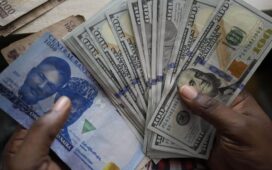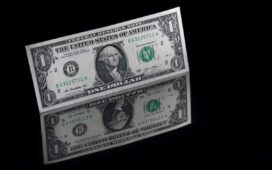Dollar Strength Against Yen
The yen has plummeted to 160.48 per dollar, its lowest in decades, driven by divergent monetary policies between Japan and the U.S. While U.S. interest rates remain a key driver, Japan’s low rates have encouraged selling yen for higher-yielding currencies. Japan might save intervention measures for potential future U.S. Treasury yield rallies.
Impact of French Elections on the Euro
The euro remains flat at $1.0703, facing its most substantial monthly drop since January at 1.33%. Political uncertainties ahead of France’s elections have spiked the risk premium on French government bonds to the highest level since 2012. Investors fear increased fiscal spending by a potential far-right or far-left government could jeopardize the eurozone’s financial stability. The yield spread between French and German bonds could widen significantly if these parties implement their manifesto.
U.S. Inflation Data and Market Reactions
Investors are closely analyzing the May personal consumption expenditures (PCE) price index, the Federal Reserve’s preferred inflation gauge. The PCE showed a 0.1% monthly gain and a 2.6% annual increase, aligning with expectations. This data, the lowest annual rate since March 2021, reinforces the market’s view on potential rate cuts later this year. Federal Reserve policymakers have indicated that rate cuts would only follow significant progress toward the 2% inflation target.
Political Developments in the U.S.
Political factors also play a role in the dollar’s recent strength. In the wake of the U.S. presidential debate, where Republican candidate Donald Trump challenged President Joe Biden, the dollar saw a modest rise. Biden’s perceived weak performance increased the odds of a Trump presidency, which could bring about new import tariffs, further supporting the dollar.





